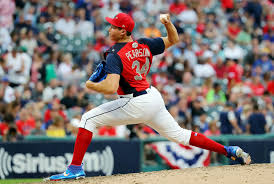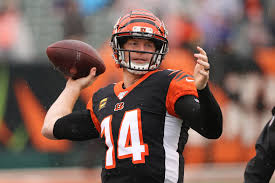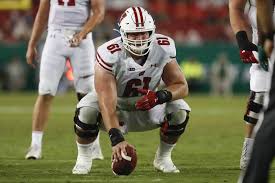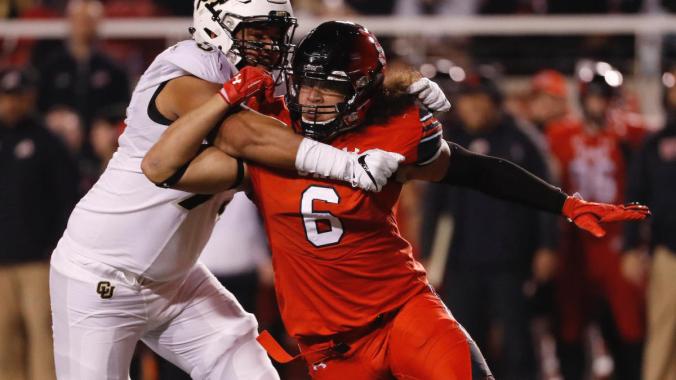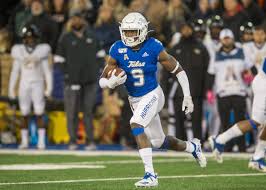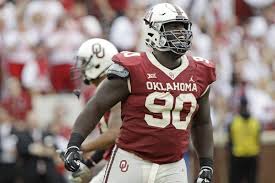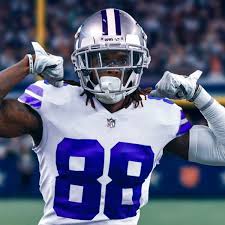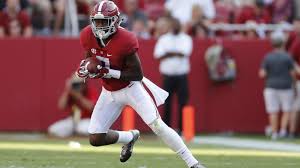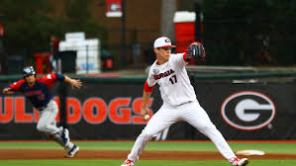
(Courtesy of Kristin M. Bradshaw/Georgia Sports Communication)
Toronto- The 2020 MLB Draft is fast approaching and the Toronto Blue Jays will be on the clock to make their selection on June 10th.
After posting a 67-95 record in 2019, the Blue Jays are set to pick fifth overall, their highest draft choice since 1997 when they selected Vernon Wells. This will also be the first draft under the direction of their new amateur scouting director Shane Farrell, who the son of former Blue Jays manager John Farrell.
The Blue Jays have a tremendous track record of building a very strong farm system by acquiring young talent through the draft and international amateur free agency. It seems that their scouting and development have paid off when the organization saw the lights of Vladimir Guerrero Jr., Bo Bichette, and Cavon Biggio in 2019.
Knowing that the Blue Jays have a high draft choice, they are pretty much guarantee that a very talented player will fall in the Blue Jays’ laps.
Here are five draft targets that the Blue Jays should target with their 5th overall selection:
1. Emerson Hancock, RHP, Georgia
Hancock was a preseason favourite to be selected first overall in the 2020 MLB Draft. He established himself as one of the best college arms during a tremendous sophomore season in 2019 with his 1.99 ERA. Has shown a a great 4-pitch arsenal with his fastball that can touch in the mid 90’s, slider with some late movement, developing curveball and changeup. After a rough debut in 2020, he bounced back by posting a 3.75 ERA. His command, frame, delivery and pitch mix still place him among the best in his draft class Hancock’s command and mechanics earns him potential plus grades that can make him a frontline starter for the Blue Jays. If selected, Hancock can be a nice one-two punch in the longterm with Nate Pearson, the Blue Jays’ number one prospect.
2. Nick Gonzales, 2B, New Mexico State
Gonzales’ bat was red hot starting off his 2020 campaign. He led the NCAA Division I in batting average at .432 and homers 12 in 16 games. He was named the Cape Cod League MVP last summer. The 5-foot-10 middle infielder is the best pure hitter ability in this year’s draft class. He has elite bat speed and great plate awareness. He more of a gap power hitter than a home run hitter. He has the ability to hit all over the field. He is a good athlete with some good speed on the base pads. There are some concerns about his ability to stick at shortstop as his arm strength and range are just average. He may have to move to second base if his footwork and range doesn’t improve at shortstop. With the Blue Jays appear set in the infield, the Blue Jays can also convert him to center field.
3. Zac Veen, OF, Spruce Creek H.S. (Florida)
Veen is the first high school player that should be a consideration for the Blue Jays with their 5th overall pick. He was the 2018 PG WWBA Underclass World Championship MVP a year ago. He got off to a hot start this spring as he kept soaring up his draft stock to be considered the top high school bat in the class. Veen has a beautiful left-handed swing that scouts can dream on. He physical frame at 6’4” has the projectivity to add strength to his body frame. Has excellent bat speed and can generate big-time power as he matures. He showed the ability to loft the ball consistently. Some scouts compare him to Cody Bellinger. He a solid runner that can allow Veen to play center field. His arm strength is above average that allows him to play in the corner outfield. The Blue Jays need some depth in the outfield so Veen might be pretty tempting here if he would have fall to them.
4. Max Meyer, RHP, Minnesota
Meyer is another righthander that the Blue Jays should might have their eyes on. He may have the best fastball and slider combo in this draft class. He has a smaller frame than Hancock as he listed at 6’0” and 185 pounds. But his mid to upper 90s fastball and slider are both graded at 70 according to scouts. His changeup showed some flashes that can be a solid pitch. Due to his body frame, there are some concerns if he can start at the big league levels. There were some talks about moving him to the bullpen if he has durability concerns. But he’s a good athlete and repeats his delivery fluidly. Think the Blue Jays can give him the shot to start like they did with Marcus Stroman, their 2012 1st rounder.
5. Reid Diemters, LHP, Louisville
Many people thought that Texas A&M lefty Asa Lacy may be a consideration. However, there’s a good chance that Lacy may not be there for the Blue Jays. So Diemters is a lefty that they could have a look at. He may not have the the flashes with his low 90s heater, but does present a solid 4-pitch mix. Dietmers set a team record for wins (13) fand strikeouts (167). His fastball usually ranges from 90-94 mph. His 72-76 mph curveball been a plus pitch at its best, while his sinking changeup is effective as well. Detmers has a strong, durable frame at 6’2 and 210 pounds. He repeats his delivery with ease and control the strike zone. His ability to locate his pitches permits him can make him a solid mid-rotation starter. The Blue Jays don’t have a lot of left-handing pitching in their farm system other than Anthony Kay. So adding Dietmers may be intriguing for the Blue Jays.
The Blue Jays have been leaning towards college players with their first round draft choice. But they can easily go for the best player available with their high draft choice. Whoever the Blue Jays’ official select, they are surely going to get a very talented player that can help the Blue Jays to compete for the World Series since 1993.
